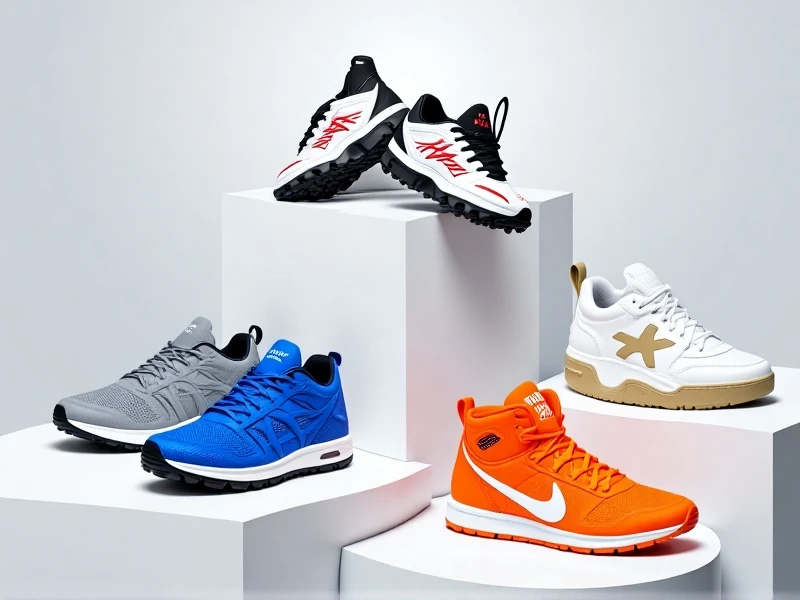
Your Perfect Running Shoes: 5 Key Things for Better Performance
Okay, here is an SEO-optimized article focusing on "running shoes," designed to feel natural and engaging, perfect for a blog or product description page:
Finding the right running shoes feels incredible. It's like unlocking potential you didn't know you had. But with endless brands, styles, and specs shouting for attention, the search can quickly become overwhelming. Choosing well isn't just about hype; it's about comfort, injury prevention, and actually enjoying your runs for miles to come. So, how do you cut through the noise?
Here are 5 crucial things to focus on when selecting your next pair of running shoes:
-
Know Your Foot Type & Gait: This is foundational. Are you blessed with high arches, flatter feet, or something in between? Do you pronate (foot rolls inward), supinate (foot rolls outward), or have a neutral gait? Visiting a specialty running shoe store for a gait analysis is invaluable. Many offer this free service. Understanding your foot mechanics points you towards shoes built with the right support (like stability or motion control features) or ample cushioning if you're neutral. Ignoring this can lead to discomfort and nagging injuries.
-
Where Will You Run Primarily? Your terrain dictates the tool. Road running shoes prioritize cushioning to absorb the relentless impact of pavement and tarmac. They're typically lighter and more flexible. Heading off-road? You absolutely need trail running shoes. These feature aggressive lugs for traction, robust protection for toes and soles against rocks and roots, enhanced grip, and often more durable materials to handle the rough stuff. Using road shoes on tough trails is a recipe for slips and damage. For the track or speedwork, look at lightweight racers or track spikes.
-
Cushioning Level Is Personal: How much "squish" underfoot do you need? Cushioning absorbs shock and provides comfort. Choices range from minimalist (very little cushion, encouraging a more natural foot strike) to maximum cushion/plush comfort (like popular "super shoe" trainers and some recovery shoes). Consider your distance, personal sensitivity to impact, body weight, and preferences. Do you love a soft, pillowy landing or something firmer and more responsive? Don't just go for maximum cushioning because it's trendy; find what genuinely feels best for your run.
-
Weight Matters (Especially for Pace & Feel): Generally, lighter running shoes feel faster and more nimble, ideal for speed sessions, races, or faster runners. Heavier shoes often offer more support and cushioning, benefiting longer distances or runners needing more protection. Weight significantly influences your running economy – how efficiently you use energy. While lightweight is often praised, never sacrifice essential support or protection just to shave ounces.
-
Fit Is Non-Negotiable: This seems obvious, but it's critical. You need more room than your casual sneakers – typically about a thumbnail's width between your longest toe and the shoe's end. The heel counter should hug securely without slippage. Ensure the midfoot holds comfortably without pinch points across the arch or top of the foot (known as the instep). Width matters too; many brands offer standard and wide options. ALWAYS try on running shoes later in the day when feet are slightly swollen, wear your running socks, and walk/run around the store. Don't settle, trust what your feet tell you.
Investing Time Pays Off
Finding your perfect pair of running shoes takes a little effort and self-awareness, but the payoff is immense. You'll run more comfortably, reduce injury risk, and likely perform better. Don't be afraid to seek expert advice at a dedicated running store. Listen to your body, prioritize what works for you, and ditch trends that don't align with your needs. Your feet, your joints, and your next great run will thank you. Ready to hit your stride? Your ideal running shoes are waiting.